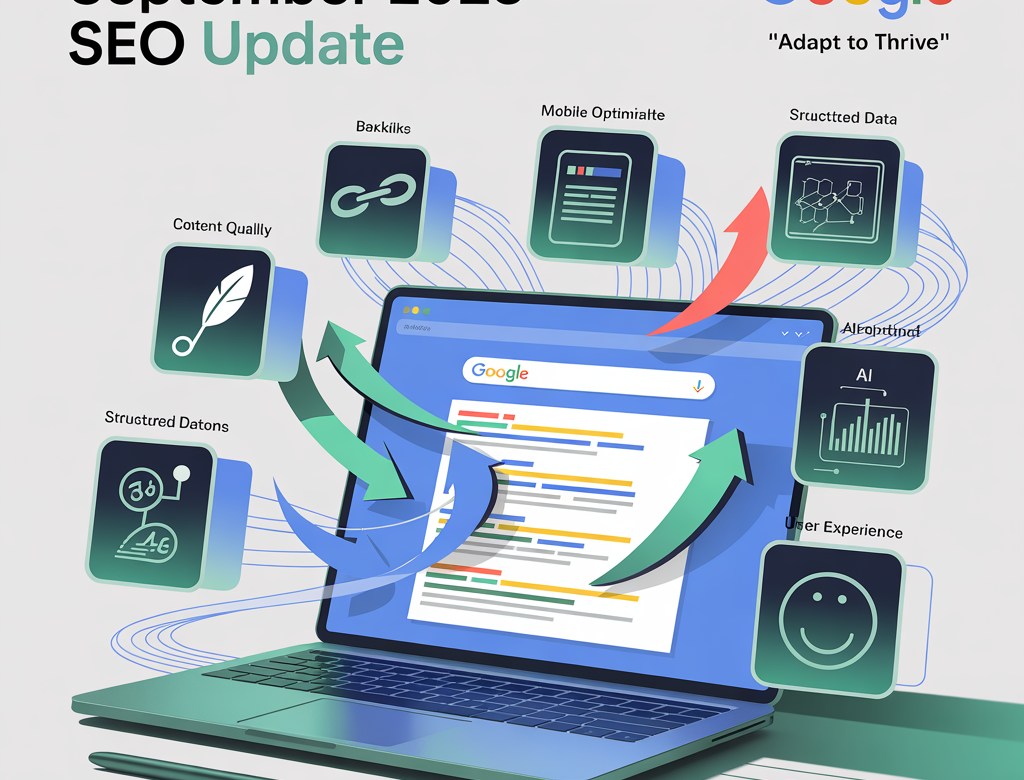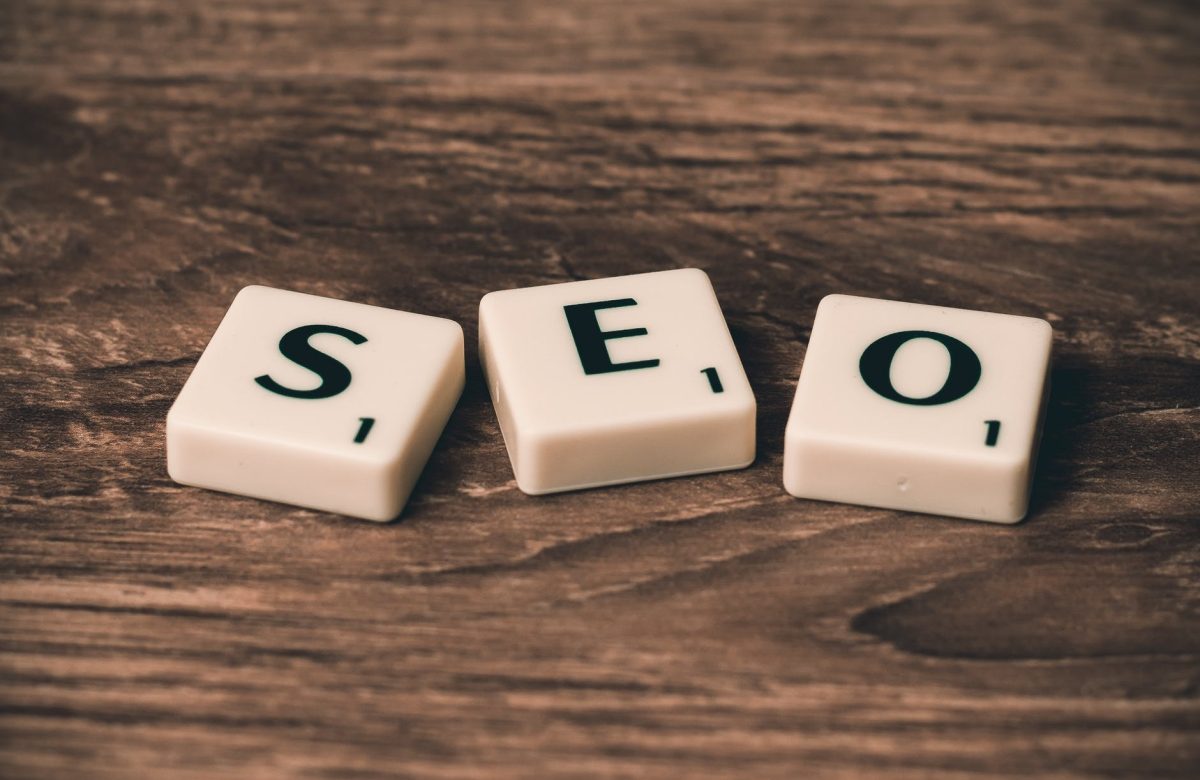A Holistic Search Approach: Paid and Organic Integration

In today’s digital age, businesses rely heavily on search engines to reach their target audience and drive traffic to their websites. Search engine optimization (SEO) and pay-per-click advertising (PPC) are two key strategies that organizations use to enhance their online presence. While these approaches have traditionally been viewed as separate entities, a holistic search approach that integrates both paid and organic search efforts is becoming increasingly vital for businesses looking to stay competitive in the online landscape.
The Evolution of Search Marketing
The landscape of search marketing has evolved significantly over the years. In the early days of the internet, businesses primarily focused on SEO to improve their website’s visibility on search engine results pages (SERPs). SEO involves optimizing website content, meta tags, and backlinks to rank higher organically.
However, as the internet matured, search engines like Google introduced PPC advertising, allowing businesses to bid on keywords and display their ads at the top of SERPs. This shift marked the beginning of a more complex search marketing ecosystem, where businesses could gain immediate visibility by paying for ads.
The Benefits of Organic Search (SEO)
Organic search, often associated with SEO, continues to be a crucial component of online marketing. Here are some key benefits of focusing on organic search:
1. Long-Term Sustainability
One of the most significant advantages of organic search is its sustainability. When you invest in SEO, the improvements you make to your website can have long-lasting effects. Over time, as your website climbs the rankings, you can enjoy a steady stream of organic traffic without continually increasing your ad spend.
2. Credibility and Trust
Websites that appear at the top of organic search results are often perceived as more credible and trustworthy by users. This credibility can lead to higher click-through rates and conversions.
3. Cost-Effective
While SEO requires an initial investment in terms of time and resources, it is generally more cost-effective in the long run compared to PPC advertising. Once you achieve high organic rankings, you can reduce your advertising budget while maintaining consistent traffic.
4. Enhanced User Experience
SEO isn’t just about keywords and rankings; it’s also about improving the overall user experience on your website. This can lead to higher user engagement, longer time spent on your site, and lower bounce rates.
The Benefits of Paid Search (PPC)
Paid search, on the other hand, offers its own set of advantages that complement organic search efforts:
1. Immediate Visibility
With PPC advertising, your ads can appear at the top of SERPs almost instantly. This is especially beneficial for new websites or businesses looking to promote time-sensitive offers.
2. Targeted Advertising
PPC platforms allow you to target specific keywords, demographics, and geographic locations. This level of precision ensures that your ads reach the right audience at the right time.
3. Measurable Results
PPC campaigns are highly measurable. You can track clicks, conversions, and ROI accurately, enabling you to optimize your campaigns for better results.
4. Flexibility and Control
Paid search offers greater control over your advertising strategy. You can adjust your ad spend, target keywords, and create ad variations to fine-tune your campaigns.
The Power of Integration
While both organic and paid search have their unique benefits, the real magic happens when these two strategies are integrated into a holistic search approach. Here’s how this integration can transform your search marketing efforts:
1. Maximizing Visibility
By combining SEO and PPC, you can dominate the search engine results page. Your website can appear both in the paid ads section and in the organic listings, increasing your visibility and brand exposure. Users are more likely to click on your website when they see it multiple times on the same page.
2. Keyword Synergy
Integrating paid and organic search allows you to identify high-performing keywords more effectively. Data from PPC campaigns can inform your SEO strategy, helping you prioritize keywords that drive conversions and revenue.
3. A/B Testing and Data Insights
PPC campaigns offer valuable data insights that can be applied to your organic search efforts. A/B testing of ad copy and landing pages can reveal which messaging and content resonate most with your audience, enabling you to optimize your website accordingly.
4. Seasonal and Promotional Campaigns
For businesses that run seasonal or promotional campaigns, paid search can provide an immediate boost in visibility, while SEO efforts continue to drive long-term traffic. This dynamic approach allows you to capitalize on short-term opportunities while maintaining a strong online presence over time.
5. Improved Click-Through Rates (CTR)
Studies have shown that the combination of paid and organic results can lead to higher click-through rates. Users are more likely to click on a website when it appears in both paid and organic listings, as it reinforces the perception of credibility and relevance.
6. Comprehensive Analytics
Integrated search marketing provides a more comprehensive view of your online performance. You can analyze the impact of both paid and organic channels on overall website traffic, conversions, and revenue.
Implementing a Holistic Search Strategy
To successfully implement a holistic search strategy that integrates paid and organic search, consider the following steps:
1. Keyword Research
Start by conducting thorough keyword research to identify the most relevant and high-performing keywords for your business. This research will inform both your SEO and PPC efforts.
2. Landing Page Optimization
Ensure that the landing pages you use in your PPC campaigns are optimized for conversions. A seamless user experience can lead to higher conversion rates and better ROI.
3. Consistent Messaging
Maintain consistent messaging and branding across your paid and organic channels. This reinforces your brand identity and helps users recognize your website in search results.
4. Monitoring and Analysis
Regularly monitor the performance of your PPC and SEO campaigns. Use analytics tools to track key metrics such as click-through rates, conversion rates, and keyword rankings. Adjust your strategies based on the data you gather.
5. Collaboration
Encourage collaboration between your SEO and PPC teams. Share insights and findings to align your efforts and achieve maximum synergy.
6. Budget Allocation
Allocate your budget wisely between organic and paid search. Depending on your goals and competitive landscape, you may need to adjust your spending to achieve the desired results.
The Future of Holistic Search Integration
As we look ahead, the integration of paid and organic search is likely to become even more critical. The digital landscape is constantly evolving, with search engines continually updating their algorithms and users’ behaviors changing. Here’s what the future may hold for this holistic approach:
1. Voice Search Optimization
The rise of voice-activated devices and voice search commands is changing the way people interact with search engines. Integrating paid and organic search strategies will become essential for businesses looking to optimize for voice search. Keyword research and content optimization will need to account for the conversational nature of voice queries.
2. Mobile-First Indexing
Search engines are increasingly prioritizing mobile-friendly websites. Integrating paid and organic search will involve ensuring that both your paid ads and organic listings provide an excellent user experience on mobile devices. This includes responsive design, fast loading times, and mobile-specific ad formats.
3. Enhanced Data Analysis
Advancements in data analytics tools will enable businesses to gain even deeper insights into the performance of their integrated search efforts. This data will help in making more informed decisions and further refining strategies.
4. Personalization
Search engines are moving towards delivering personalized search results to users. Integrating paid and organic search will involve tailoring your content and ad campaigns to individual user preferences, demographics, and behaviors.
5. Content Quality and Relevance
High-quality content has always been a fundamental aspect of SEO, and it will continue to be crucial in the future. Businesses that integrate paid and organic search will need to focus on creating compelling and relevant content that caters to both organic rankings and paid ad campaigns.
6. AI and Machine Learning
Artificial intelligence and machine learning technologies are transforming the way businesses manage their search marketing efforts. AI-powered tools can analyze vast amounts of data and make real-time adjustments to ad campaigns and content strategies, making integration even more seamless and effective.
7. Regulation and Privacy
The regulatory landscape for online advertising is evolving, with increasing emphasis on user privacy and data protection. Businesses integrating paid and organic search must stay informed about regulatory changes and ensure compliance in their marketing practices.
Conclusion
In the ever-evolving world of digital marketing, a holistic search approach that integrates paid and organic search is no longer a luxury but a necessity. By combining the strengths of both strategies, businesses can maximize their online visibility, reach their target audience effectively, and achieve better results.
While organic search offers long-term sustainability and credibility, paid search provides immediate visibility and measurable results. Together, they create a powerful synergy that enhances your overall search marketing efforts. To stay competitive in the digital landscape, businesses must embrace this holistic approach and adapt it to their specific goals and needs. As technology continues to advance and consumer behavior evolves, the integration of paid and organic search will remain a cornerstone of successful online marketing strategies.


